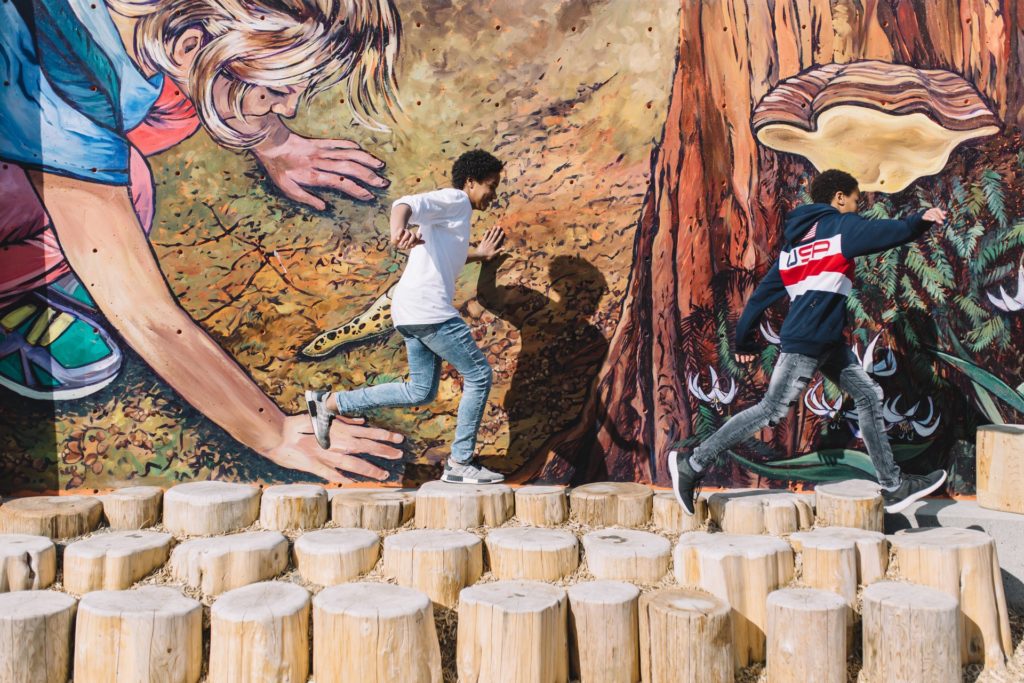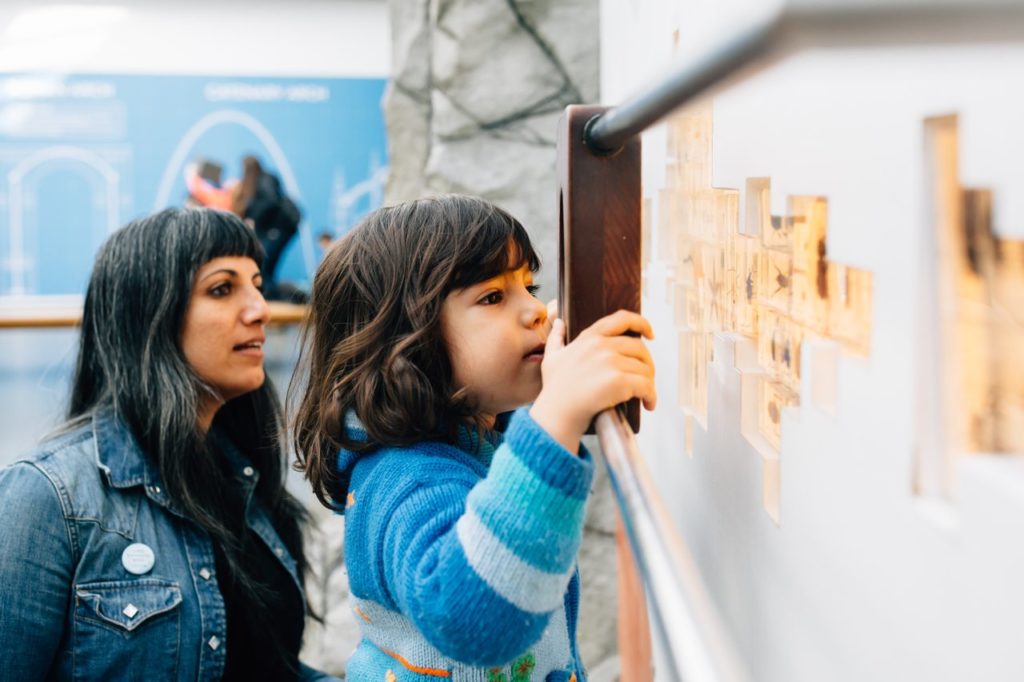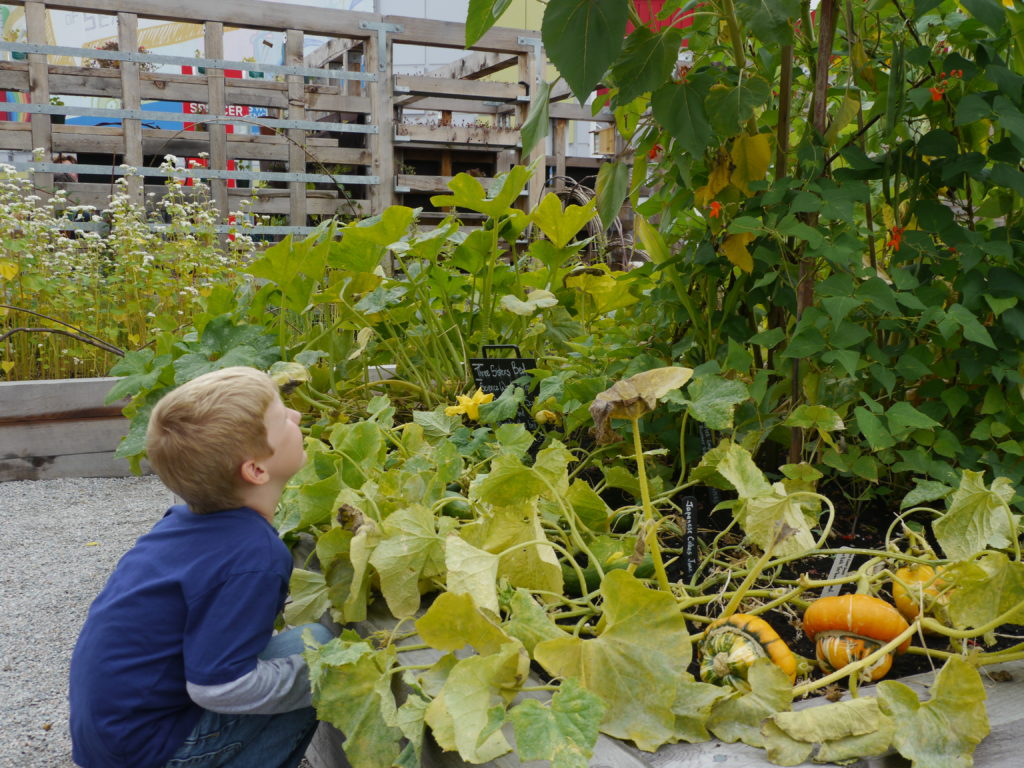In this activity, students will become botanists, observing the plants around them.
This activity aims to increase students’ observational skills, and to help them notice subtleties, but there is no focus on evaluating whether a student has achieved this. Rather, the goal to let them explore and develop their observational skills. The ability to observe patterns within nature is a great skill.
Plants come in all different shapes and sizes. Botanists use descriptions and drawings of plant parts as one of the main ways to identify a plant.
By grouping plants with similar characteristics, evolutionary trends can be observed, and we can learn more about common plants. One example is the observation that most, but not all, plants produce flowers. This would suggest that flowers are a successful trait to have. For example, if we know that blackberries, salmon berries and raspberries have similar growth, leaves, flowers, and fruit, and know that they are very closely related, we can deduce that the berries from that group are edible.
Carl Linnaeus, the father of modern taxonomy, had a great love and passion for collecting and studying plants. Through his observations, he created a classification of living things called the Systema Natura. For classifying plants, he grouped them by similarities in the number of reproductive parts. Although this is not the same system used now, it has led to our current taxonomy system of living organisms and expanded our understanding of nature.


